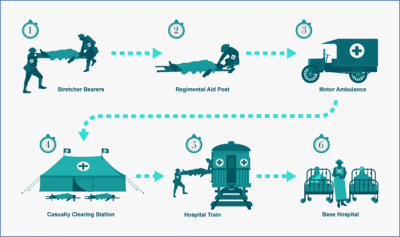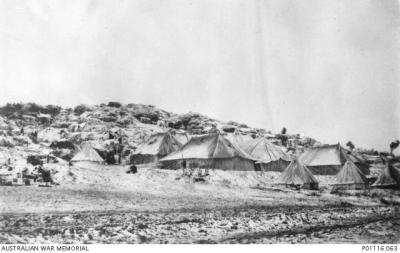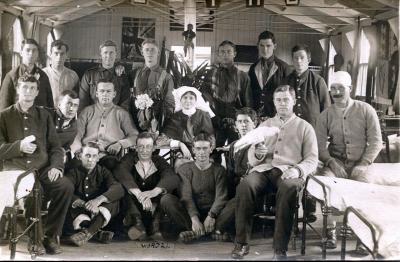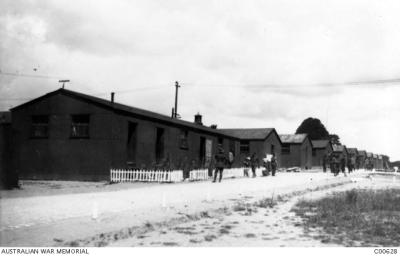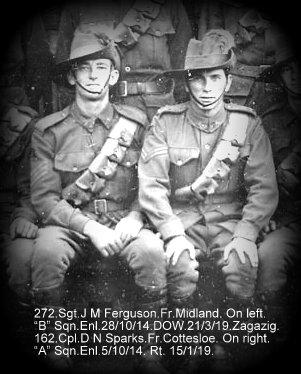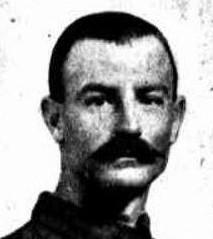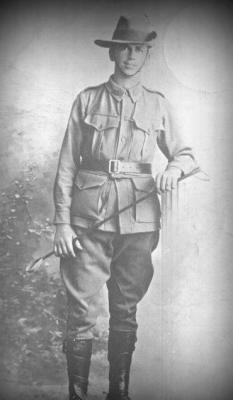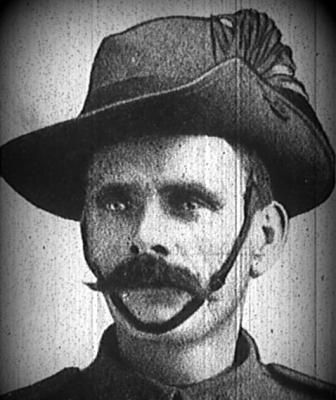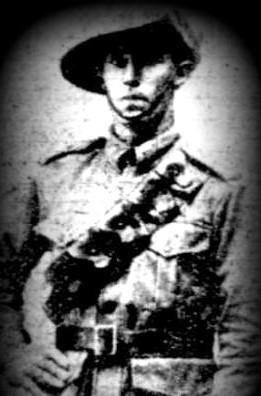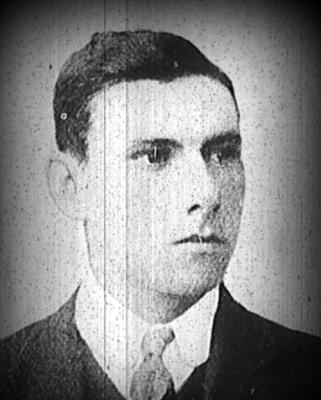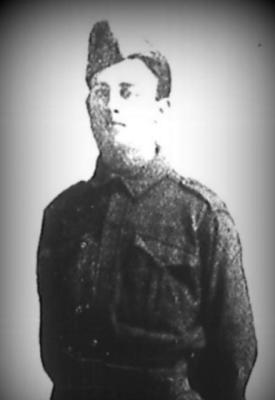Medical Evacuation Chain - World War 1 - General Hospital
During World War I, Australia raised 16 general hospitals. Each general hospital had about 1040 beds and staff of 34 officers, 73 nurses and 203 other ranks of the medical service. Several general hospitals served overseas. The rest were in Australia. No 1, No 2 and No 3 Australian General Hospitals served on the Western Front. No 14 Australian General Hospital served in the Middle East. Hospitals in Australia typically dealt with training-related injuries and illnesses and veterans who, having been invalided home, required further medical care.
No Australian General Hospital or Casualty Clearing Station in France was exclusively devoted to the treatment of Australians. Such selection and segregation would have been difficult and inadvisable given the distribution of national contingents and mixture of units across the front. Policy and practice were to treat military sick and wounded as they arrived regardless of nationality. It was therefore possible in the same ward at a General Hospital to see English, Scots, Irish, Canadians, Australians, New Zealanders, South Africans, Indians, Newfoundlanders, British West Indians, and members of other overseas units. The contact that existed between hospital patients offered an opportunity for men of various dominions and the mother country to know and understand each other.
Details
Details
During World War I, the Australian Imperial Force (AIF) suffered 58,339 deaths and 151,948 wounded. To help deal with so many injured and sick soldiers, the Australian Army Medical Corps was expanded. Australian soldiers served. They also worked in Australian hospitals for returned soldiers. Separate entries cover the Regimental Aid Post, the Field Ambulance, Casualty Clearing Stations, Base Hospitals (General, Stationary and Auxiliary), Command Depots and Convalescent Depots, Ambulance Trains, Ambulance Barges, Hospital Ships
The medical evacuation chain and medical services are presented in a separate section of the World War 1 Galleries. Artefacts relating to medical services, the treatment of wounds, casualty recovery are also found throughout the Galleries. Individual stories of doctors, nurses, stretcher bearers are also found throughout the Museum. The Prisoner of War Gallery highlights the degree of medical improvisation and professional skills that saved many lives on the Thai Burma Railroad.
Australian Army Museum of Western Australia
Australian Army Museum of Western Australia
More items like this
Other items from Australian Army Museum of Western Australia
- Medical Evacuation Chain - World War 1 - Stationary Hospital
- Medical Evacuation Chain - World War 1 - Auxilliary Hospital
- Medical Evacuation Chain - World War 1 - Command Depots
- World War 1, Australia, Western Australia, 272 FERGUSON, 10 Light Horse
- World War 1, Australia, Western Australia, 275 GILBERT, 10 Light Horse
- World War 1, Australia, Western Australia, 276 GREEDY, 10 Light Horse
- World War 1, Australia, Western Australia, 277 GORRINGE, 10 Light Horse
- World War 1, Australia, Western Australia, 279 HUTTON, 10 Light Horse
- World War 1, Australia, Western Australia, 285 HANN, 10 Light Horse
- World War 1, Australia, Western Australia, 286 HACKETT, 10 Light Horse
- World War 1, Australia, Western Australia, 287 HAMMOND, 10 Light Horse
- World War 1, Australia, Western Australia, 290 HILL, 10 Light Horse
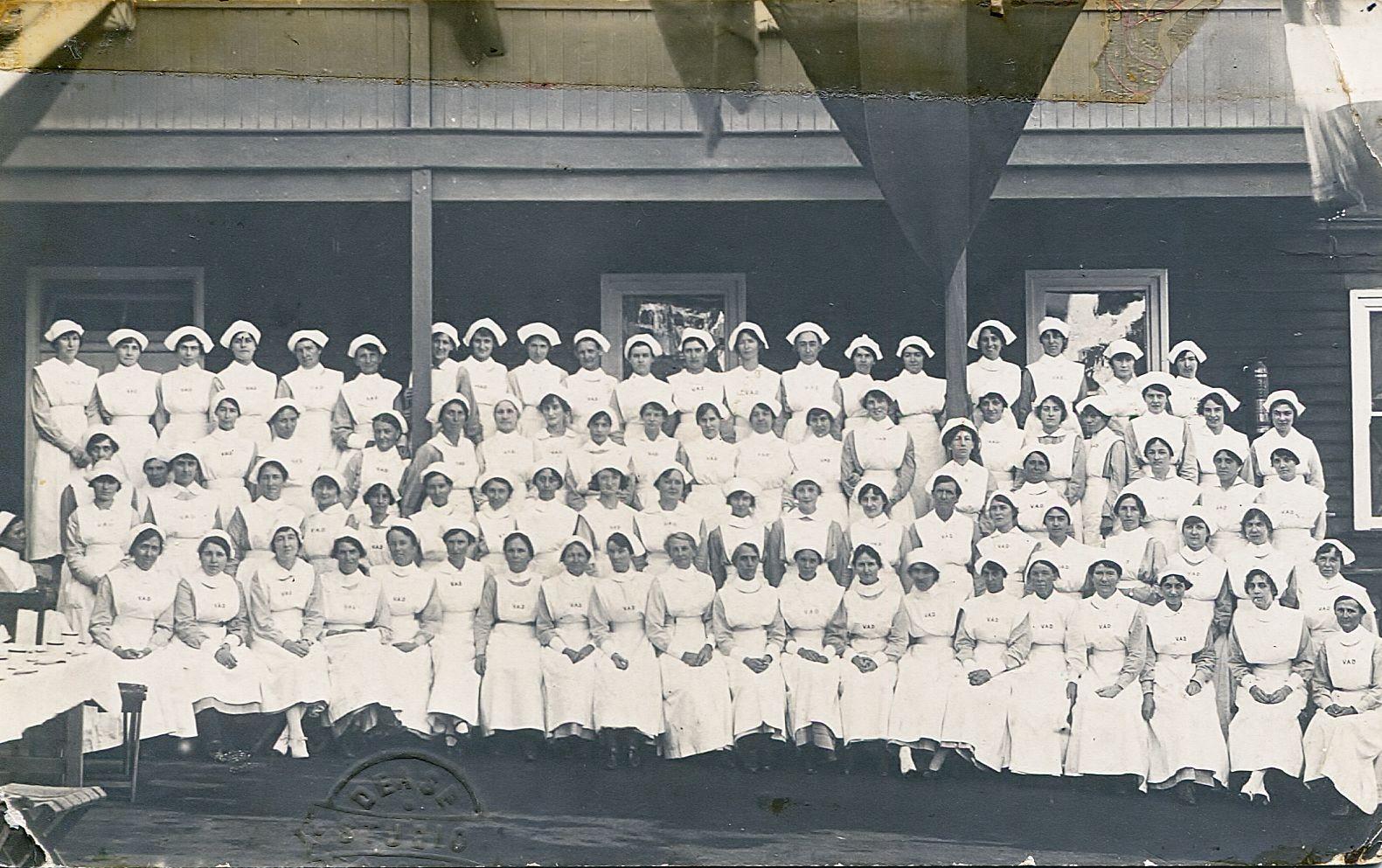
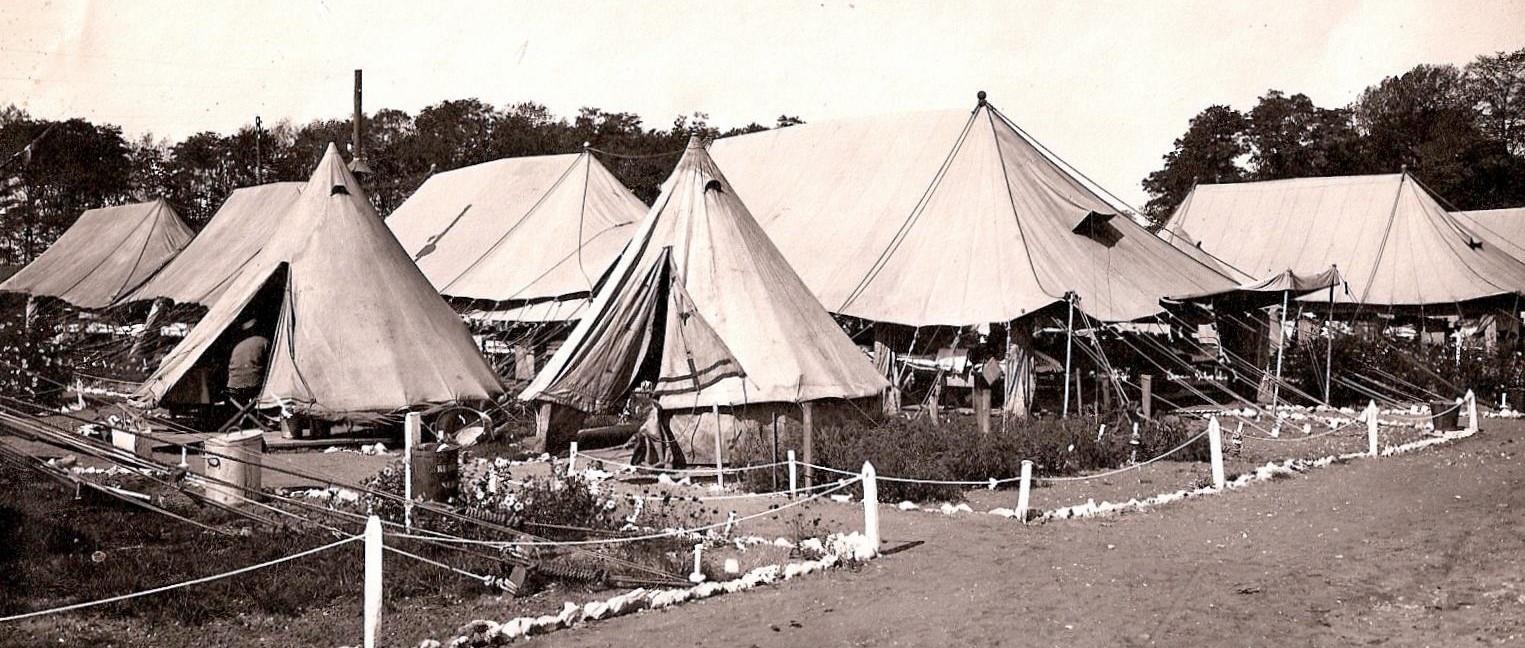
Scan this QR code to open this page on your phone ->

